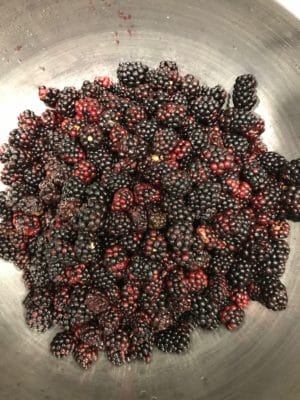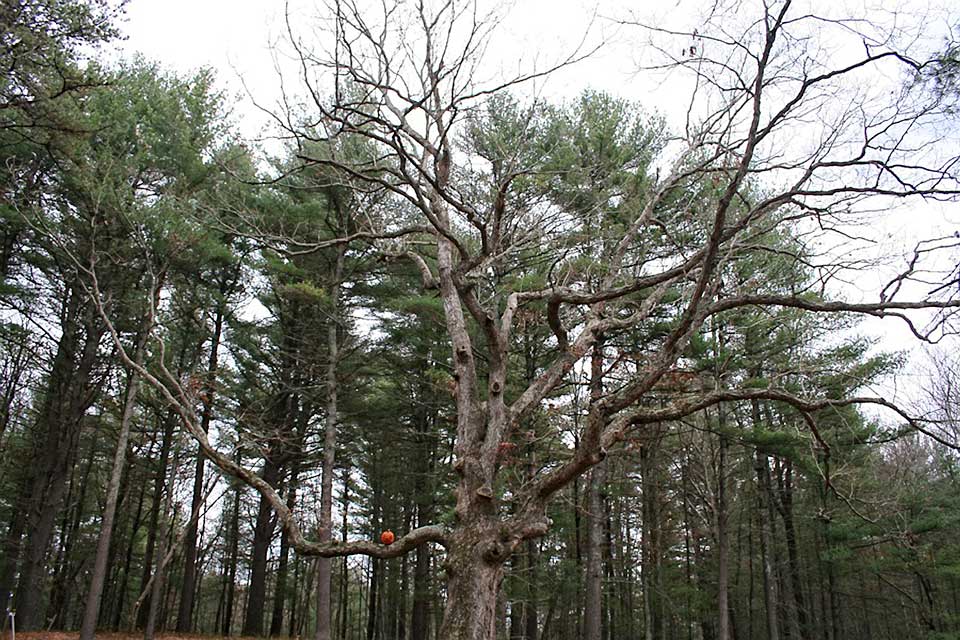Welcome back to Invasive plants. If you are reading this, I must have struck a nerve in your garden last week. Identifying and removing invasive plants is important. They are everywhere, we will never get rid of them, but that is no excuse not to keep them out of your garden and yard. If we do not at least try, there will be no place for YOU in the back yard.
Control is important. Persistence is important. Now is the time to start. From August through November control of invasive species is possible. At this time of the year, plants are starting to prepare for winter. The sugar that they make through photosynthesis is stored in the root system to give the plant the ability to survive the winter and to prepare for leafing out in the spring. Most of our invasive plant species remain green later in the season and leaf out earlier than our native plants. It allows the invasive plants a competitive advantage over other species of plants.
Last week we talked about making a plan and getting together the things you need (from gloves to tractors!) Now, I would like to talk about herbicides. Herbicides kill plants, they kill all plants – herbicides do not differentiate between your beautiful prize rhododendron or multiflora rose. Using herbicides incorrectly can cause more damage than the invasive plants themselves. READ the label carefully. WEAR protective gloves and eyewear. USE the product according to directions. SELECT a product that is for your invasive problem rather than a general herbicide that kills everything.
Back to plant biology, while the plants are getting ready for fall and translocating sugars down to the root system is the best time to apply herbicides to a cut stem. Bittersweet has a long, twining vine that climbs high up into the canopy. Cutting the vine and applying a small amount of herbicide with a brush to the cut stem will cause the plant to suck that herbicide into the roots and the plant. This works on stems from the size of a pencil to over two inches in diameter. I call this the “rubber cement” method. Using a small bottle and a small brush like a rubber cement jar allows you to apply the appropriate amount of herbicide to a very specific location. This can also be used on larger cut stems of Japanese barberry, burning bush, and buckthorn species.
Many clump forming plants like barberry, multiflora rose and the buckthorns can also be easily dug out. Getting the entire root system is not necessary with these plants as it is with bittersweet. Garlic mustard is an annual weed that is easily pulled by hand as well. It appears in early spring and then spreads seeds all around.
I have addressed only a few of the worst species, but you can see by comparing the pictures from this week and last, that control is possible. Careful monitoring for returning invasives is important too. Be sure you pull seedlings when you see them and try to keep the plants at bay once you have cleared an area. Good luck in the battle!



